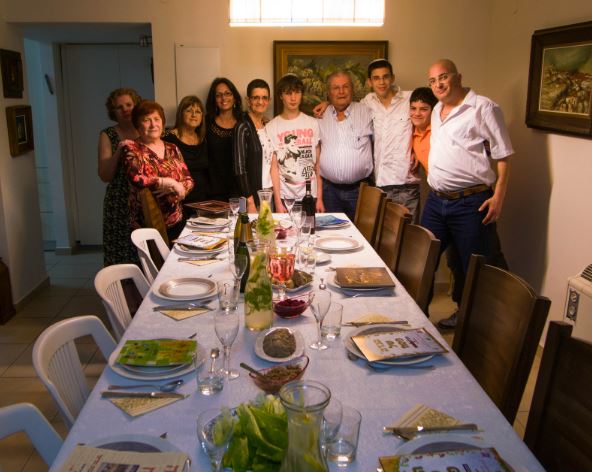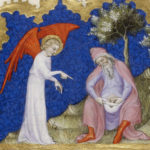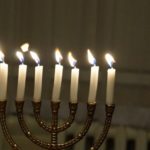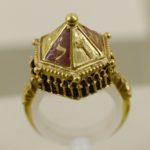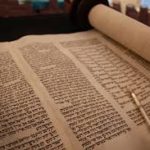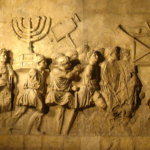The Passover
ONCE a year on the Biblical date of Nisan 14, Passover night, Jehovah’s dedicated people gather together in all parts of the earth in harmony with Jesus’ command: “Keep doing this in remembrance of me.” (Luke 22:19; Ex. 12:2-6) It is proper for the Lord’s Evening Meal to be commemorated on this true Passover night, annually after sundown, in one’s community.
In the first century, Jesus and the early Christians accepted the determination of the date Nisan 14 (which commenced at sundown) as set by the Jewish temple priesthood in Jerusalem. It is noteworthy that Jesus celebrated the Passover meal on Nisan 14, as directed in the law of Moses. (Ex. 12:6-8; Lev. 23:5; Matt. 26:18-20) He did not eat the Passover meal on Nisan 15, as most Jews do today.
The destruction of the Temple
After the destruction of the temple in 70 C.E., Christians had to determine the Nisan 14 Passover date themselves. At the time when Roman Emperor Constantine made apostate Christianity the state religion (325 C.E.), the Council of Nicaea ordained that the celebration of Easter should always take place on Sunday that immediately follows the full moon that happens upon, or next after, the day of the spring (vernal) equinox. Usually, this equinox date is March 21. Should the fourteenth day from the new moon, which they regarded as the day of the full moon, fall on a Sunday, the celebration of Easter was deferred to the Sunday following.
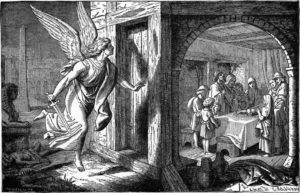 This was in order to avoid concurrence with the Jews and the minority of Christians termed Quartodecimans, who still celebrated on the fourteenth of Nisan. In this way Christendom has come to have their “Maundy Thursday” always on a Thursday to commemorate Jesus’ Last Supper, and their “Good Friday” always on a Friday to commemorate his death. At the first celebration of the Lord’s Evening Meal, Matthew was personally present. He presents the actual order of things that occurred. Jesus and his twelve disciples celebrated the Passover meal using roast lamb and unleavened bread, to remind the partakers of what happened when the Israelites were delivered from Egypt in 1513 B.C.E.
This was in order to avoid concurrence with the Jews and the minority of Christians termed Quartodecimans, who still celebrated on the fourteenth of Nisan. In this way Christendom has come to have their “Maundy Thursday” always on a Thursday to commemorate Jesus’ Last Supper, and their “Good Friday” always on a Friday to commemorate his death. At the first celebration of the Lord’s Evening Meal, Matthew was personally present. He presents the actual order of things that occurred. Jesus and his twelve disciples celebrated the Passover meal using roast lamb and unleavened bread, to remind the partakers of what happened when the Israelites were delivered from Egypt in 1513 B.C.E.
Roast lamb and the unleavened bread
There was no mysticism as to the use of these reminders of the roast lamb and the unleavened bread. (Matt. 26:17-19; Ps. 119:2, 14) After the Passover meal, Jesus exposed his betrayer, Judas, who was then sent away. (Matt. 26:20-25; John 13:29, 30) This left Jesus with the eleven faithful apostles with whom he instituted the new evening meal involving the partaking of the unleavened bread and the cup of real red wine. In each case Jesus offered a prayer of thanks, first for the bread and then for the wine. (1 Cor. 11:24, 25) After Jesus made extended remarks and a prayer, they concluded by singing praises, thereafter departing for the Mount of Olives. This, then, sets the general procedure down to our day.Matt. 26:26-30; John 13:3118:1

